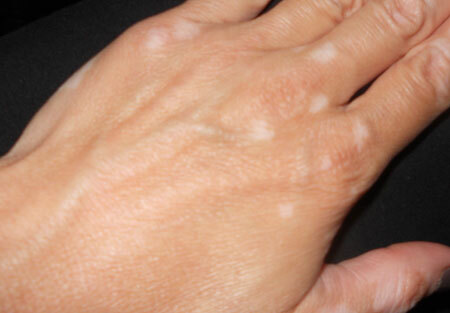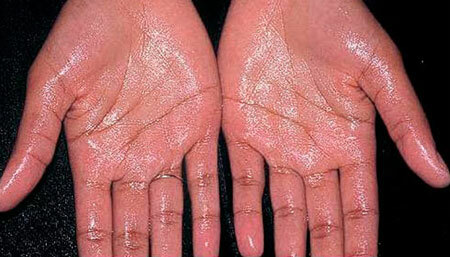Seborrhea, or seborrheic dermatitis, is one of the most common chronic skin diseases, the main manifestations of which are peeling and redness. This pathology affects skin areas rich in sebaceous glands. The most frequent target is the scalp. In the people, this kind of seborrhea is called dandruff.

Seborrhea of the scalp
Seborrheic dermatitis occurs in about 5% of the population, mainly men, which is associated with the hyperactivity of the sebaceous glands as one of the main causes of seborrhea. Another etiological factor is conditionally pathogenic skin microflora, primarily fungi of the genus Malassezia.
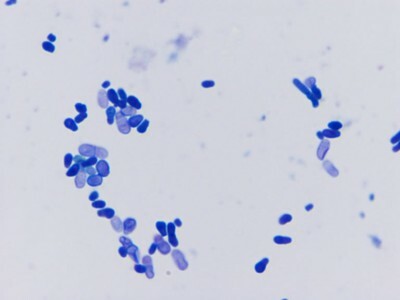
Malassezia - fungus

Seborrhea of the scalp - photo
Triggers are considered problems in the digestive system, changes in the hormonal background, malnutrition, excessive consumption of alcohol, stress, the use of unsuitable shampoos and non-compliance with personal hygiene, allergic dermatitis and so on.
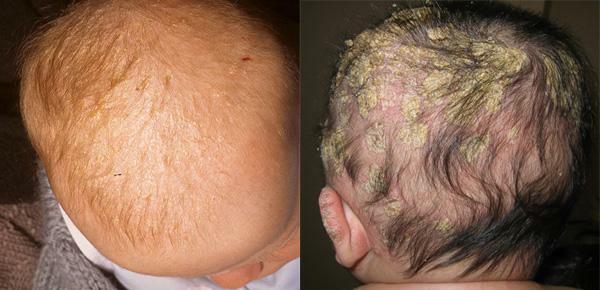
Seborrhea in a child - photo
It is the causative factor that is the main criterion for prescribing therapy, including medication.
Content of the material
- 1 General information on medicines used in seborrhea
- 2 Therapeutic shampoos for seborrheic dermatitis
- 3 Ointments, creams, lotions
- 4 Systemic products for seborrhea
- 5 Medications for the treatment of concomitant diseases
General information on medicines used in seborrhea
As in the treatment of manydermatological diseases, for the treatment of seborrhea apply drugs that can be divided into 2 groups:
- local, which include lotions, ointments, shampoos that containovospalitelnye, antimicrobial, podsushivayuschee, keratolytic( softening and dissolving skin flakes) components;
- systemic remedies can be aimed both at eliminating inflammation and microorganisms, as well as concomitant diseases that trigger seborrhea.

How to treat seborrhea
Consider the main categories of drugs in more detail.
Therapeutic shampoos for seborrheic dermatitis
The correct choice of a hygienic care product for the scalp is the basis for successful treatment and prevention of exacerbation of seborrhea. Shampoos should not contain components that are a common cause of skin irritation, for example, fragrances, parabens, silicone, etc.
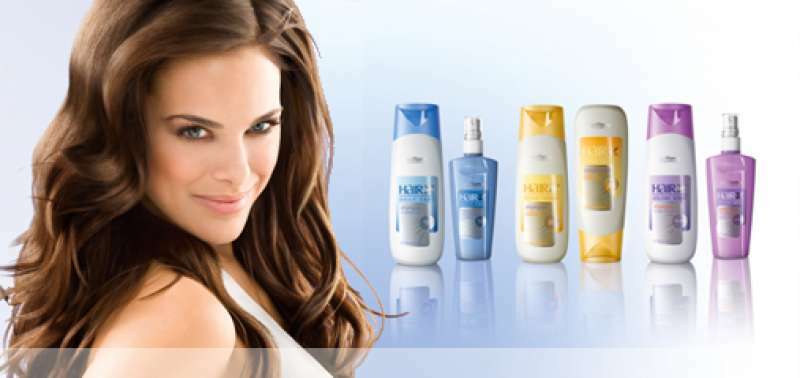
Therapeutic shampoos for seborrheic dermatitis
To date, the pharmacy presents a range of different care and treatment products for scalp proneseborrhea: Friederm, Nizoral, Sulsen, etc.
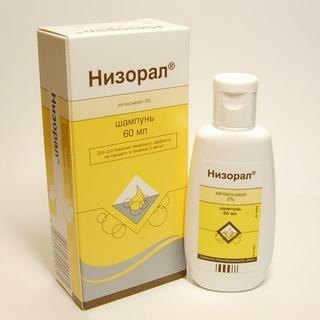
Nizoral shampoo
Their action is directed not only to cleaning the skin and hair, but also to eliminate the cause of the disease and manifestations of the inflammatory reaction. The composition of shampoos may vary, but the main components are the substances described below in the table.
| Active substance and agent with it | Characteristic |
|---|---|
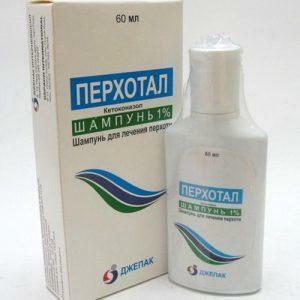 Ketoconazole | One of the most studied and traditional antifungal agents, which is usually in shampoos at a concentration of 1-2%.Not allowed for use in children under 12 years. Among the side effects observed with prolonged use is a decrease in sexual desire in men. |
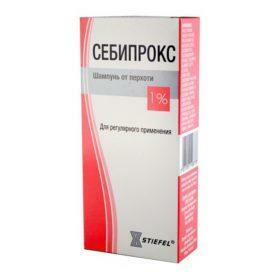 Cyclopyrox | Stops multiplication of fungi, and also has antibacterial properties. The concentration of this substance is about 1.5%. |
 Zirconium pyridion | Has an antimicrobial effect, reduces the intensity of peeling, removes inflammation. |
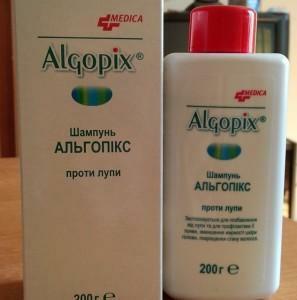 Salicylic acid( "Algopix") | Gives a weak anti-inflammatory effect. The main property is keratolization. The acid can reduce the production of sebum. |
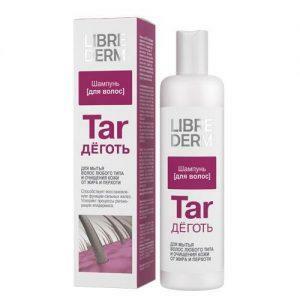 Tar( "Friederm-tar", Libre Derm Tar) | Lowers the intensity of the formation of horny cells of the epithelium. Removes inflammation. |
 Selenium selenium | Has an antifungal effect, normalizes the division of epithelial cells. |
Some shampoos may also contain components such as climbazole, ichthyol.
Many detergents contain several active ingredients. Usually, medical shampoos are recommended 1-2 times a week for a period of 2-4 weeks. The duration of therapy depends on the intensity of the symptoms. As a preventive measure, it is recommended that the head be washed once a month with a remedy.

Preventive use of medical shampoos
Please note! That active substances could show the properties, it is necessary during shampooing of a head to put shampoo 2 times and to maintain for 5-10 minutes.
The doctor can prescribe the combination or alternation of various shampoos or a combination of a therapeutic cleanser with other topical preparations.
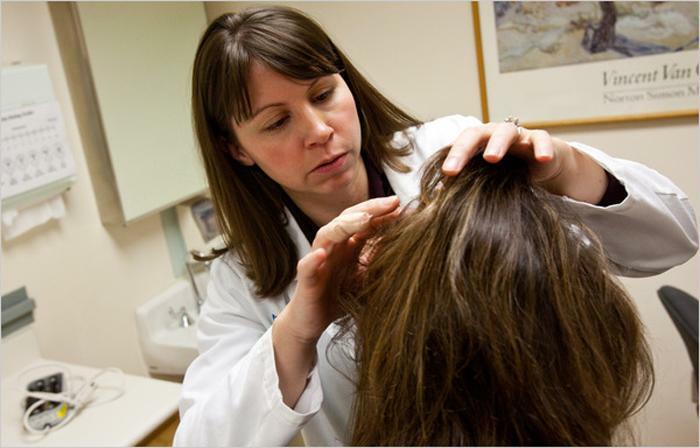
The right remedy will advise the triologist
Ointments, creams, lotions
In addition to shampoos, local remedies are usually prescribed in the form of ointments, lotions and lotions. The last 2 options for the scalp are more preferable.
These preparations may contain the same components as shampoos: selenium sulphide, fungicides( antifungal agents), salicylic acid, zinc compounds. Common local remedies include:
- paste "Sulsen" in a concentration of 1-2%;
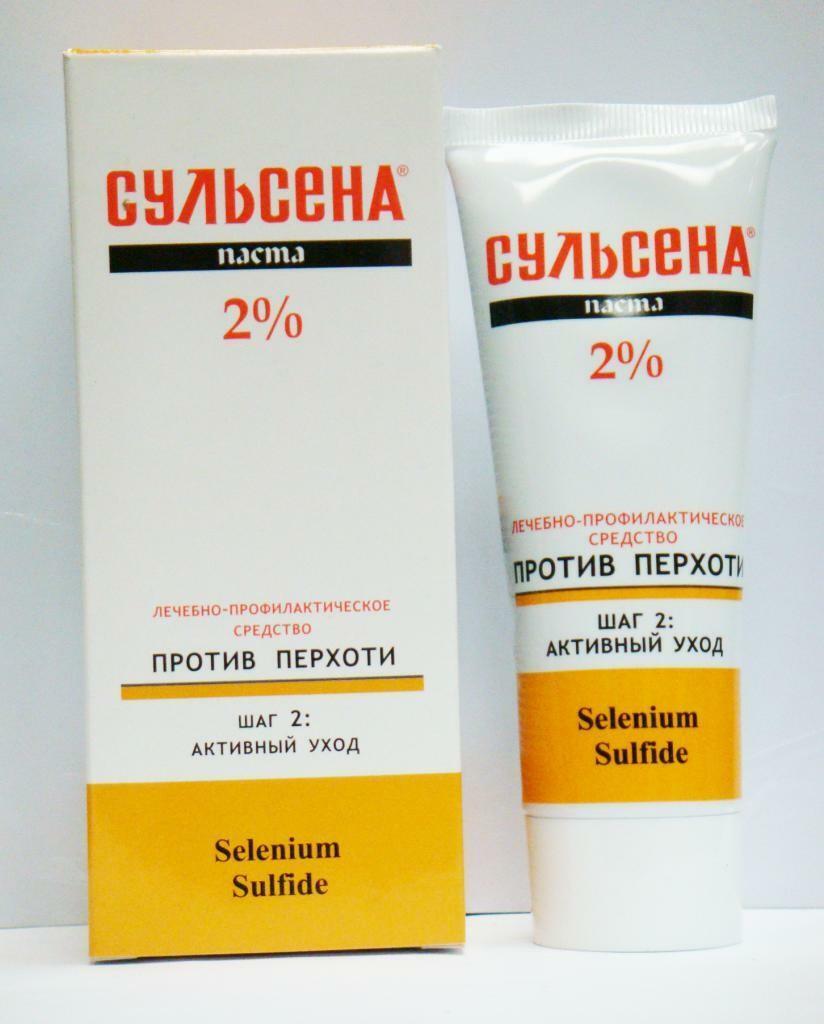
Ointment from seborrhea
- cream or "Skin-cap" aerosol with zinc pyrithione;

Skin-cap
- ointments and creams with the antifungal component "Sebozol", "Ketodin", "Ketozol", etc.;

Ketodin
- salicylic ointment.
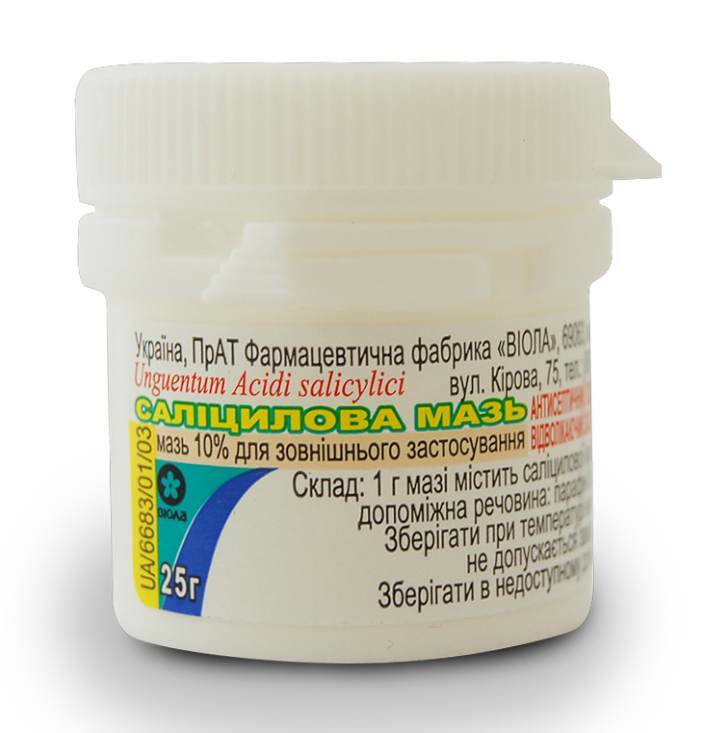
Salicylic Ointment
In case of bacterial infection, ointments with an antibiotic may be prescribed.
A special group of local remedies that are used for intensive and persistent inflammation, are preparations with glucocorticosteroids, which nicely eliminate redness, itching and flaking. Steroid hormone may be the only active substance, for example, in a lotion or "Elokom" ointment.
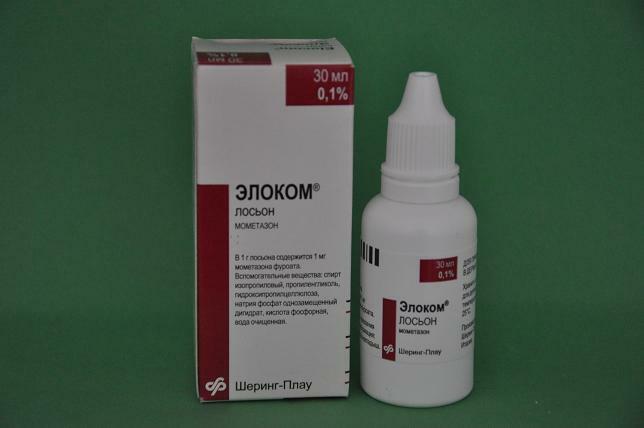
Elocom lotion
But for the treatment of seborrhoea, hormonal agents containing antimicrobial components or salicylic acid are preferred, for example:
- lotions "Elokom S" or "Belosalik", ointment "Acriderm SK" with salicylic acid;

Acryderm SK
- ointment "Triderm" with antibacterial and antifungicidal substances.

Triderm Ointment
Please note! The use of topical hormones should correspond to the scheme prescribed by the doctor. This will help reduce the chance of side effects.
Systemic agents for seborrhea
Drugs for oral administration prescribed by a doctor in seborrhea may have different directions of action.
- Supporting complexes containing vitamins A, E, C, group B, zinc, copper.
- Antifungal agents in tableted form. A common drug is fluconazole( "Diflucan") at a dosage of 100 mg per day.

Diflucan
- Antibiotics are prescribed in case of bacterial infection( Macropen, Erythromycin, etc.).The way of application depends on the person's age and other parameters.
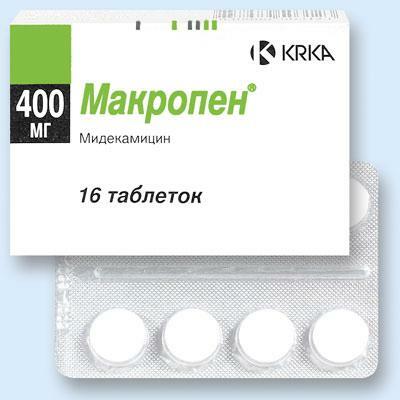
Macropen
- Antihistamines will help to get rid of the intense itching. The safest and most popular among them are preparations containing cetirizine and loratadine( "Cetrin", "Zodak", "Claritin" and others).Adults usually take 1 tablet a day. These same drugs are used in the aggravation of seborrhea with allergic dermatitis.
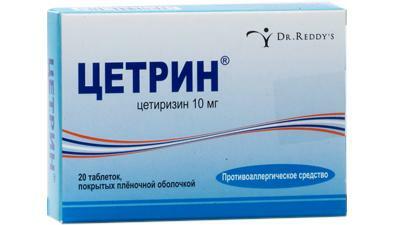
Cetrin
- Systemic glucocorticosteroid drugs are given in the form of tablets and injections only with intense inflammation( Diprospan, Prednisolone, Dexomethasone).The scheme of application depends on many parameters and is strictly individual.

Diprospan
- It is extremely rare for the treatment of seborrhea use non-hormonal drugs that reduce the immune response, based on timodepressin. These are complex medicines, the use of which is unacceptable without a doctor.
Important! You can take any medications only if they are prescribed by a doctor and according to the prescribed scheme. This is the only way to reduce the risk of unpleasant consequences and increase the effectiveness of therapy.
Medications for the treatment of concomitant diseases
Seborrheic dermatitis can trigger various external and internal causes. Eliminate the latter can often be through medication.
- In case of problems with the gastrointestinal tract, various drugs may be prescribed. Enterosorbents( "Enetrosgel", "Lactofiltrum", etc.) are usually taken 3 times a day for 0.5-1 hour before meals.
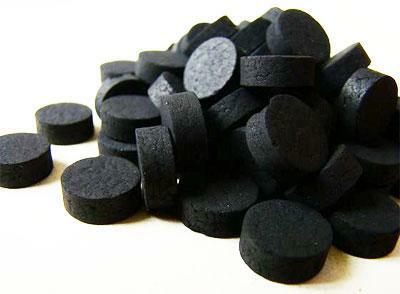
Enterosorbents
To improve the digestive function, enzymatic agents are also prescribed for reception during meals, for example, Mezim.
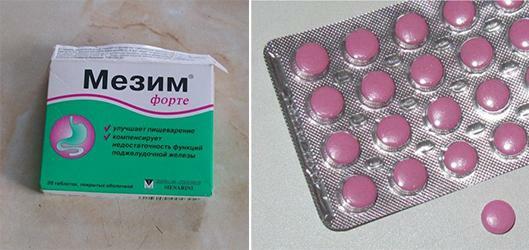
Mezim
- One of the common causes of seborrhea is hormonal changes that lead to increased production of sebum. In this case, they can prescribe hormone therapy, for example, for women - contraceptives.
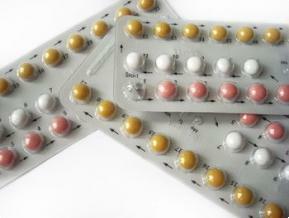
Hormone therapy
- If stress worsens, then sedatives may be prescribed. The simplest version is a tincture of valerian.
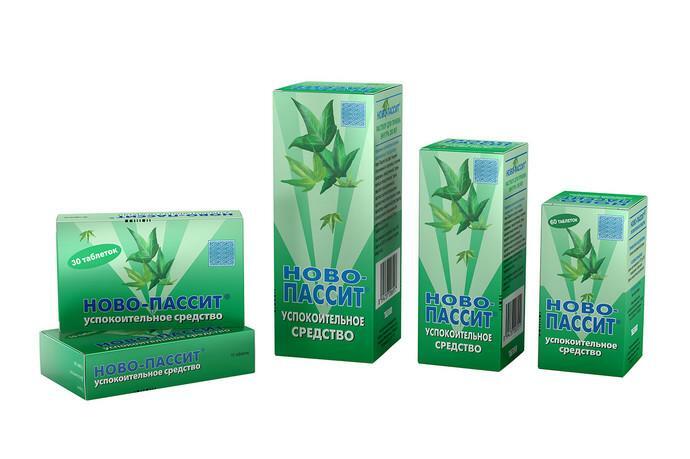
Soothing Novopassit
With the treatment of seborrheic dermatitis and the elimination of etiological factors, it is better not to pull. Otherwise, the inflammation will spread to other areas, for example, eyelids, skin folds on the body, etc. Self-treatment should not be done for the same reason. Only complex therapy and a properly selected skin care product will help achieve remission and prolong it.
Important! A dermatologist must prescribe the treatment. In some cases, a consultation of a gastroenterologist, gynecologist, an allergist is required.
Video - What remedies are used to treat head seborrhea

